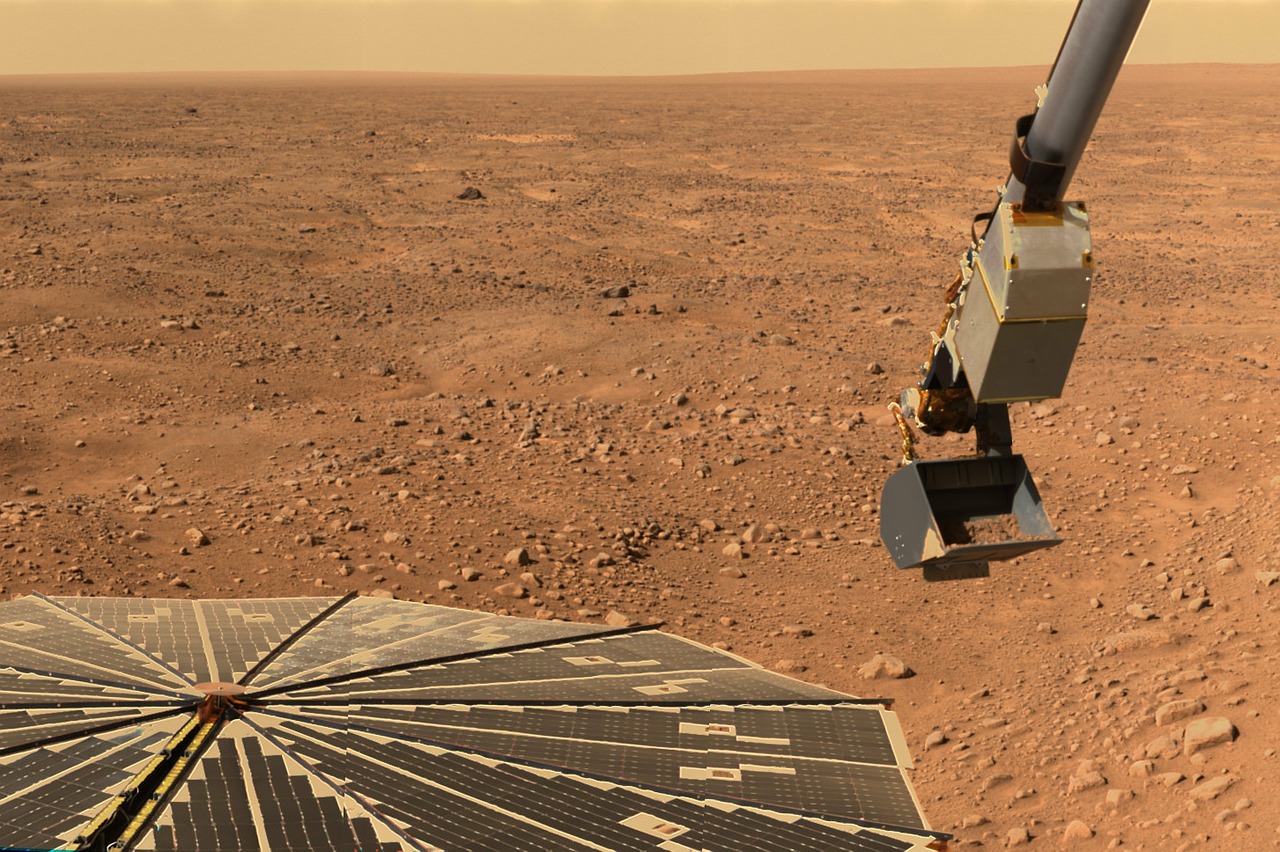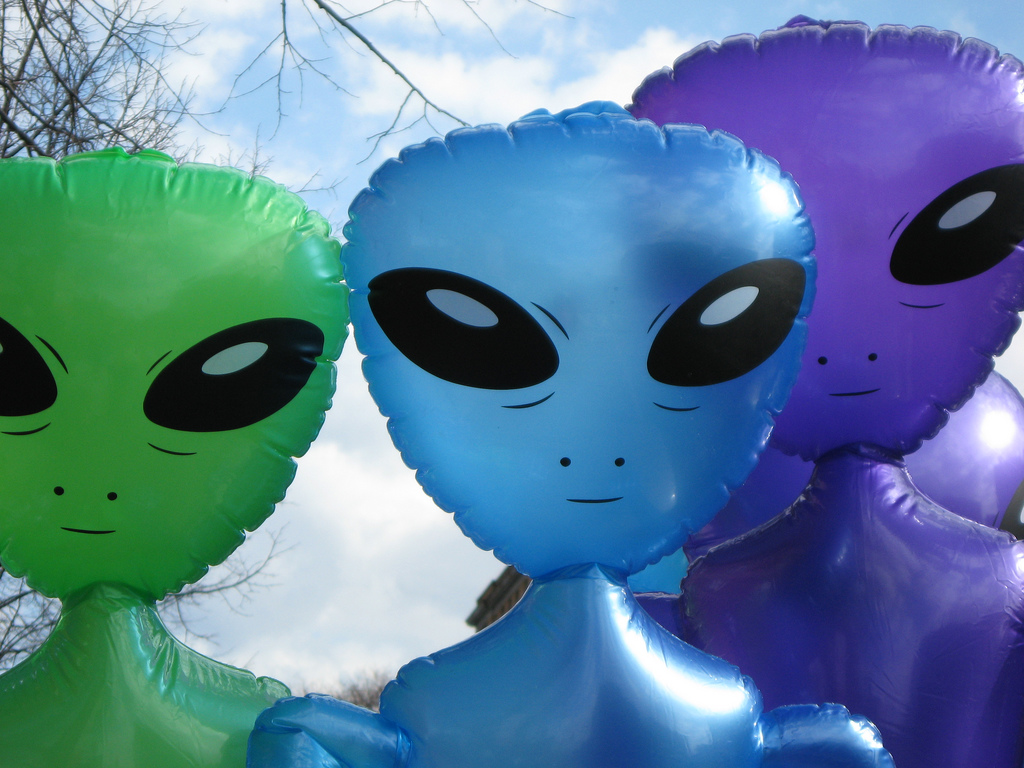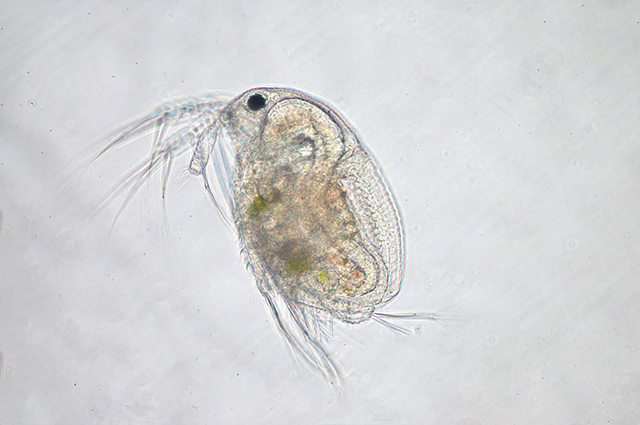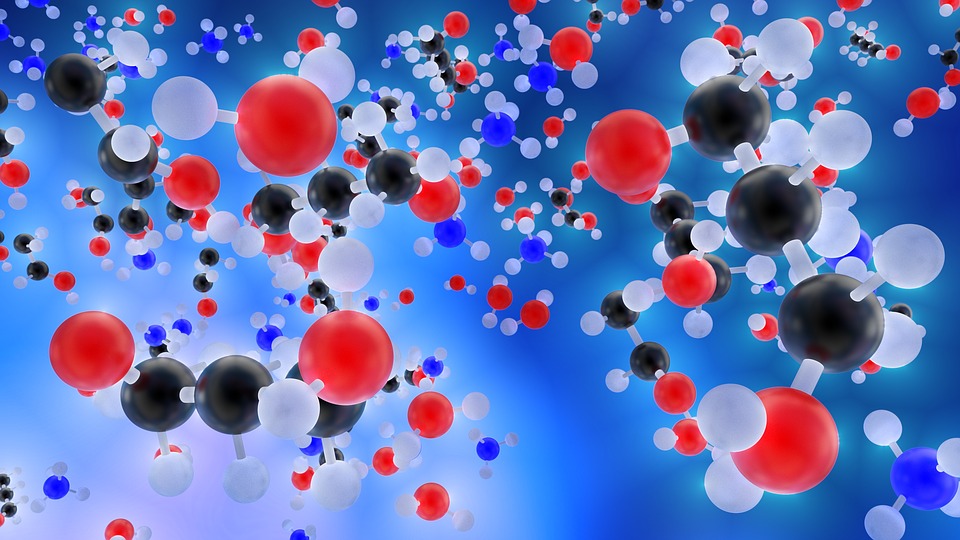A new space telescope scheduled to launch in 2018 may be able to look for signs of pollution caused by advanced alien civilizations, according to a paper by researchers from the Harvard-Smithsonian Center for Astrophysics published in the Astrophysical Journal.
Looking for evidence of pollution may be a new mechanism of trying to detect life on other planets, the researchers said.
“People often refer to ETs [extra-terrestrials] as ‘little green men,’ but the ETs detectable by this method should not be labeled ‘green’ since they are environmentally unfriendly,” co-author Avi Loeb said.
Pollution indicates “unintelligent” life
“Humanity is on the threshold of being able to detect signs of alien life on other worlds,” reads a press release on the work. “By studying exoplanet atmospheres, we can look for gases like oxygen and methane that only coexist if replenished by life.”
But studying the atmospheres of other planets might also turn up evidence of industrially produced pollutants such as chlorofluorocarbons (CFCs), they note.
On Earth, CFCs are used in aerosols and solvents but also destroy the ozone layer in the upper atmosphere that helps protect the planet’s surface from harmful solar radiation.
According to calculations by the Harvard-Smithsonian researchers, NASA’s new, $8.7-billion Webb Space Telescope could be able to detect the presence of CFCs in the atmospheres of distant planets.
The Webb Telescope will be between 10 and 100 times stronger than the Hubble Space Telescope.
A sufficiently advanced civilization might, in turn, be able to detect our presence on Earth through similar means.
“We consider industrial pollution as a sign of intelligent life, but perhaps civilizations more advanced than us, with their own SETI [Search for Extraterrestrial Intelligence] programs, will consider pollution as a sign of unintelligent life since it’s not smart to contaminate your own air,” lead author Henry Lin said.
Pollutants last 50,000 years
Although planned to be the most advanced space telescope to date, the Webb Telescope still has very real limitations and could only detect CFC concentrations approximately 10 times higher than those currently found on Earth. It would also only be able to detect CFCs in the atmospheres of Earth-like planets orbiting white dwarf stars. A stronger telescope would be needed to find lower concentrations of CFCs, or CFCs on planets orbiting bright stars like our sun.
White dwarfs are stars that have consumed nearly all of their hydrogen and collapsed into a very small, dense state. Astronomers believe that most stars will eventually become white dwarfs.
Some researchers have previously assumed that planets orbiting stars more like the sun would be better places to search for life. But the researchers note that planets capable of supporting life could hypothetically survive the “red giant” phase of white dwarf formation, or could even have formed from material shed by the collapsing star.
And while CFC levels more than 10 times higher than those found on Earth might indicate pollution, they might also indicate deliberate planetary engineering — for example, an alien civilization might deliberately flood the atmosphere with CFCs to raise its temperature into the habitable range.
Because CFCs are such long-lived pollutants — persisting in Earth’s atmosphere for up to 50,000 years — the Webb Telescope might also end up detecting historical, rather than current, evidence of alien civilization. Detecting the presence of long-lived atmospheric pollutants but not shorter-lived ones (some pollutants last only 10 years, for example), would indicate a historical change in pollution rates.
“[W]e could speculate that the aliens wised up and cleaned up their act,” Loeb said. “Or in a darker scenario, it would serve as a warning sign of the dangers of not being good stewards of our own planet.”
Sources for this article include:
http://news.yahoo.com
http://smithsonianscience.org
http://www.dailymail.co.uk
http://www.gizmodo.com.au
http://www.gizmodo.com.au
http://science.naturalnews.com





















